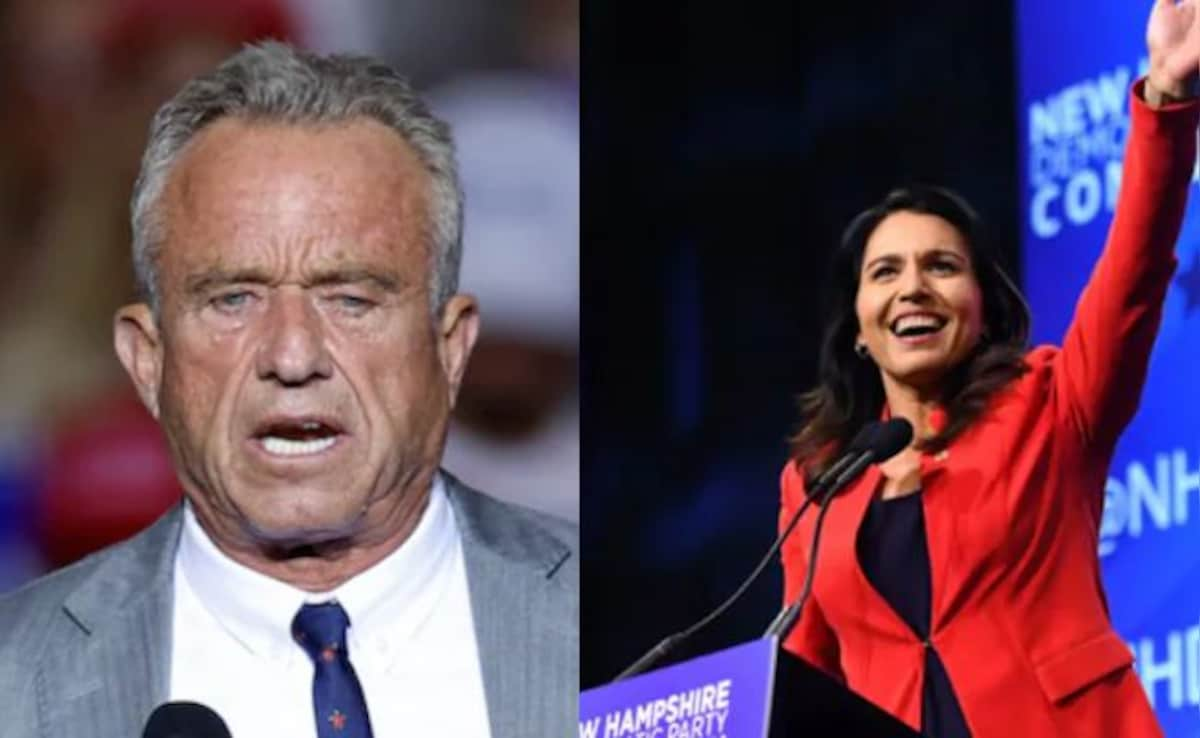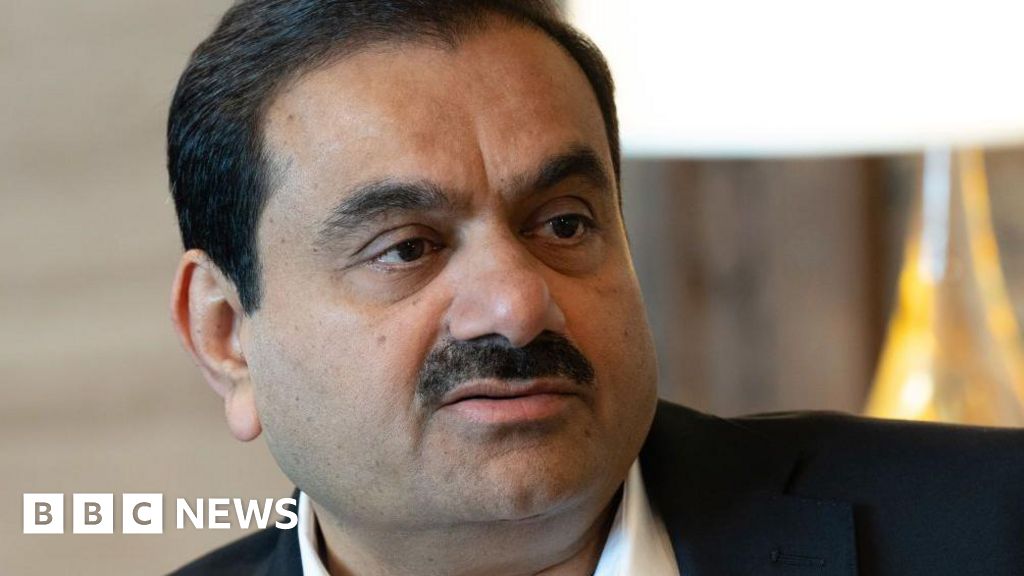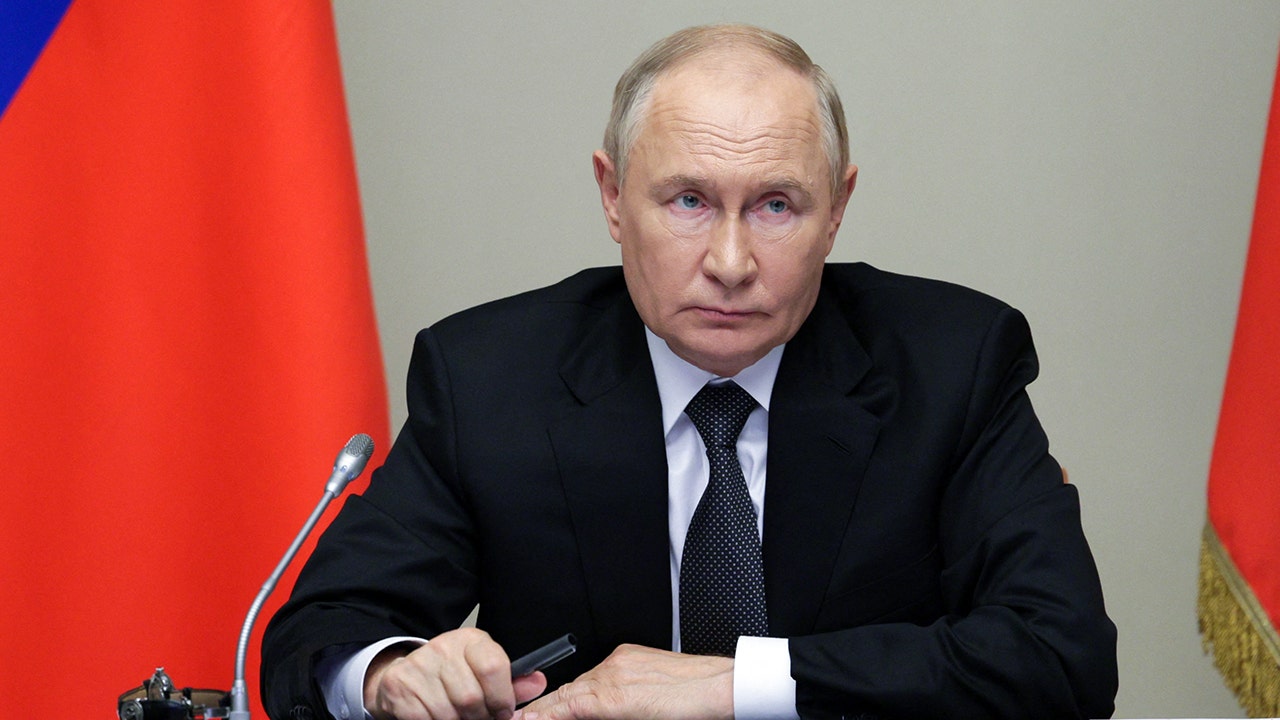World
US Elections 2024: How is the President of the world’s oldest democracy elected?

While India’s elections allow citizens to choose their leader, the United States of America has a different way of electing the state head, i.e, the President.
The world’s oldest democracy, America, doesn’t actually ‘allow’ its citizens to elect their President. The duty, in fact, lies with the college electors.
As Kamala Harris and Donald Trump gear up to battle it out on November 5, 2024- the Election Day in the US, here’s a guide on what would be the deciding factor for the winner of a new term in the White House.
There are five major steps to electing a President in the United States:
- Primaries and Caucuses: Candidates compete in state-level elections to secure their party’s nomination.
- National Conventions: Parties formally nominate their candidates and set their platforms.
- Election Campaigning: Candidates campaign across the country to gain support.
- General Election: Voters cast their ballots for electors, not directly for the presidential candidates.
- Electoral College: The electors cast the official votes for president.’Winner takes all’
The US elections race is a tough one. A US Presidential candidate can lose by a large margin, however, to win an election- all they need is just one vote more than their competitor.Forty-eight states and the District of Columbia use a winner-takes-all system for their Electoral College votes. This means that whichever candidate—be it Kamala Harris or Donald Trump—wins the popular vote in a state, even by a single vote, receives all of that state’s electoral votes.Consequently, the margin of victory in each state is irrelevant as long as a candidate secures more votes than their opponent. Voters cast their ballots to express their preferences, but the actual decision on who becomes president rests with 538 electors in the Electoral College.
It’s possible for a candidate to win the popular vote nationwide yet lose the presidency if they fail to secure enough states to obtain a majority of electoral votes. In the 2016 election, for example, Donald Trump, who received nearly three million fewer votes than Hillary Clinton, won the presidency because he earned a majority of electoral votes.
Interestingly, electors who vote contrary to the popular preference in their respective states are termed as “faithless”. In 2016, seven electors cast their votes against their state’s pick. Despite this, the overall outcome of the election remained unchanged.
This year’s Election Day is set for November 5 in the US.








